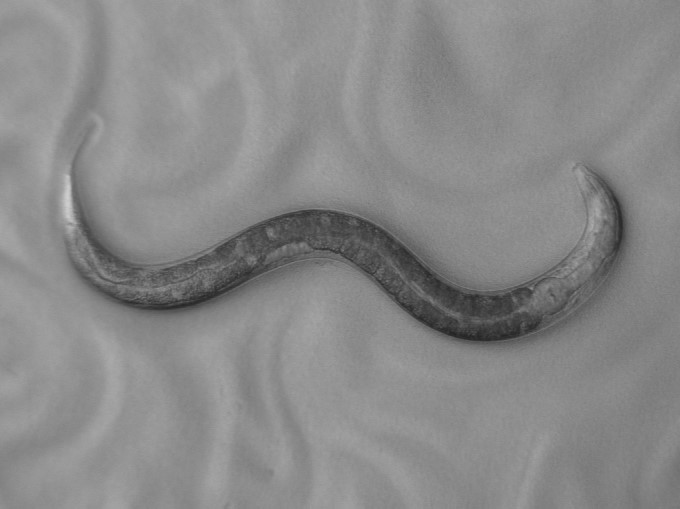About GExplore
The function of the majority of the genes in the C. elegans (and many other) genomes is currently unknown. GExplore is a tool for genome-scale mining of data related to gene/protein function in C. elegans. The database contains selected data sets, which are important indicators for gene and protein function, such as the protein domain organization, gene expression and phenotype data, as well as homology information and gene ontology terms. Data sets were obtained from WormBase and selected publications. GExplore should be useful for quick survey-type queries and experimental planning of genome-scale experiments.


